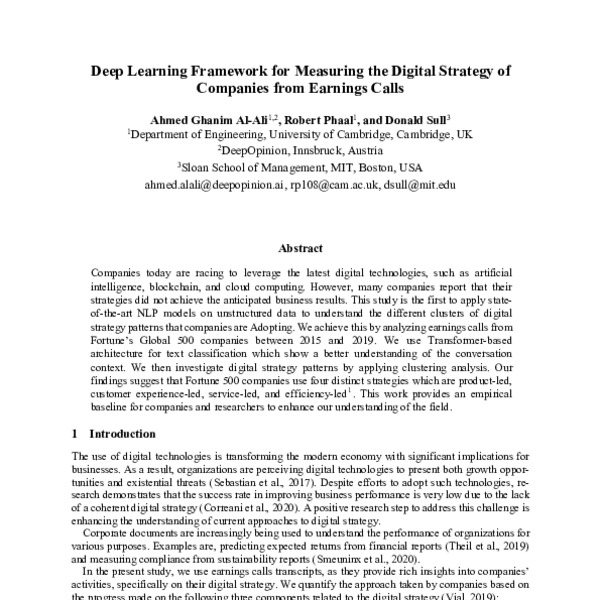Investing in the stock market can be a lucrative endeavor, but it also comes with risks. One strategy that can help mitigate those risks while generating income is selling covered calls. In this article, we will explore the concept of covered calls, their benefits, and factors to consider when selecting stocks for this strategy.
We will also provide examples of top companies for covered calls and offer tips for maximizing returns.
So, if you’re interested in learning more about investing and want to explore an effective income-generating strategy, read on!
What is a Covered Call?
A covered call is a popular options trading strategy that allows investors to generate income from their existing stock holdings. This strategy involves selling call options on stocks that the investor already owns, thereby earning premiums from the buyers of these options.
The term “covered” refers to the fact that the investor owns the underlying stock, which acts as collateral against potential losses.
In a covered call strategy, investors sell call options at a strike price above the current market price of the underlying stock. By doing so, they grant someone else the right to purchase their shares at that strike price within a specified time frame.
If the stock price remains below the strike price until expiration, the investor retains ownership of their shares and keeps the premium collected from selling the call options.
The primary objective of selling covered calls is to generate income through premium collection. When an investor sells a call option, they receive immediate payment in the form of a premium from the buyer. This premium serves as income for the investor, regardless of whether or not their shares are eventually sold.
By employing this strategy, investors can take advantage of market conditions and potentially enhance their overall investment returns. However, it’s important to note that while covered calls can provide income and downside protection, they also limit potential gains if the stock price rises significantly above the strike price.
Overall, understanding what a covered call is and how it works can empower investors to make informed decisions about incorporating this strategy into their investment portfolios.
By leveraging existing stock positions and generating income through option premiums, investors have an additional tool at their disposal to navigate volatile markets and potentially increase their overall profitability.
The Benefits of a Covered Call Strategy
Selling covered calls offers several advantages for investors. One major benefit is the potential to earn income from existing stock positions by collecting premiums when selling call options. These premiums can be substantial, especially for volatile stocks or those in high demand.
Additionally, selling covered calls provides downside protection. The premium received acts as a cushion against potential losses if the stock price declines. This risk management feature appeals to conservative investors looking to protect their portfolios.
Moreover, this strategy allows investors to participate in market gains while maintaining control over their investments. By setting a predetermined strike price, they can sell shares at a profit if the stock price rises above it.
In summary, a covered call strategy provides income generation, risk management, and participation in market gains. It is an attractive option for conservative investors looking to maximize returns and manage risks effectively.
Factors to Consider when Selecting Stocks for Covered Calls
To maximize the effectiveness of a covered call strategy, careful consideration should be given to selecting the right stocks. Key factors to consider include stability and reliability of the company, strong fundamentals and financials, dividend-paying companies as attractive options, and volatility of the stock.
By evaluating these factors, investors can increase their chances of success in implementing a covered call strategy.
Researching Potential Companies for Covered Calls
Thorough research is crucial when selecting companies for covered calls. By utilizing financial news and reports, analyzing historical data and performance, and assessing market trends and industry outlooks, investors can make informed decisions that maximize their potential returns.
Staying updated with earnings announcements, industry trends, and market developments provides insights into a company’s financial health. Examining factors such as revenue growth, profit margins, and stock price history helps evaluate its stability and future prospects.
Understanding market trends helps identify sectors poised for growth or facing challenges. By combining these research techniques, investors can make well-informed decisions based on solid data, maximizing profit potential while minimizing risk.
Examples of Top Companies for Covered Calls
One strategy that investors can consider when engaging in options trading is selling covered calls. By selling a call option on a stock they already own, investors can potentially generate income and enhance their overall returns.
In this section, we will explore two examples of top companies that could be suitable candidates for covered calls: Oracle (NYSE: ORCL) and Pfizer Inc.(NYSE: PFE).
Oracle (NYSE: ORCL)
Oracle is a global technology company renowned for its expertise in database software, cloud computing, and enterprise software products. With a strong market presence in the technology sector, Oracle offers stability and reliability as a candidate for covered calls.
As an industry leader, Oracle has consistently demonstrated growth through strategic acquisitions, innovative product offerings, and fruitful partnerships. Their solid financials, including impressive revenue growth and profitability metrics, make them an attractive option for investors considering covered calls.
Pfizer Inc.(NYSE: PFE)
Pfizer is a prominent pharmaceutical company known worldwide for its research, development, and production of innovative drugs and vaccines. As a well-established player in the healthcare industry, Pfizer provides stability and reliability to investors seeking opportunities in covered calls.
Driven by a diverse portfolio of products and a robust research pipeline, Pfizer maintains strong financial health. The company’s consistent revenue growth, solid profit margins, and commitment to dividend payments make it an appealing choice for investors looking to generate income through covered calls.
Tips for Maximizing Returns with Covered Calls
To maximize returns with covered calls, carefully select the strike price and expiration date based on your desired outcome and risk tolerance. Higher strike prices offer higher premiums but increase the likelihood of shares being called away. Choose expiration dates that align with your investment goals and provide an adequate time horizon.
Implement risk management strategies such as setting stop-loss orders to limit potential losses. Utilize technical analysis tools to identify support levels and make informed decisions about selling call options or exiting the position.
Understand the tax implications of covered call income and consider holding positions in tax-advantaged accounts like IRAs or Roth IRAs to minimize tax liabilities.
Be aware of risks associated with covered calls, such as missed capital gains if shares are called away when the stock price rises significantly above the strike price. Continuously monitor market conditions and be prepared to adjust or close out positions if necessary.
By following these tips and strategies, you can enhance returns while effectively managing risk and minimizing taxes associated with covered calls. Thorough research and careful analysis will further optimize your investment outcomes.
Conclusion
Selling covered calls can be a highly effective investment strategy for generating consistent income while managing risk within your investment portfolio. By carefully selecting stable companies with strong fundamentals and conducting thorough research, investors can maximize their returns.
However, it is important to remember that implementing this strategy requires ongoing monitoring and adjustments to ensure its success.
One key aspect to consider when engaging in covered call selling is the tax implications associated with this strategy. As with any investment activity, it is crucial to consult with a tax professional or financial advisor to fully understand the potential tax consequences and how they may impact your overall portfolio.
Another critical factor in successfully implementing covered call selling is the need for diligent risk management. It is essential to have a clear understanding of the underlying stock’s price movement, as well as employing appropriate hedging techniques to mitigate potential losses.
By incorporating covered calls into your investment approach, you have an opportunity to enhance your portfolio’s performance and explore an income-generating strategy that aligns with your long-term goals. However, it should be noted that this strategy requires careful consideration and ongoing attention.
[lyte id=’8ypiul9X39Q’]








